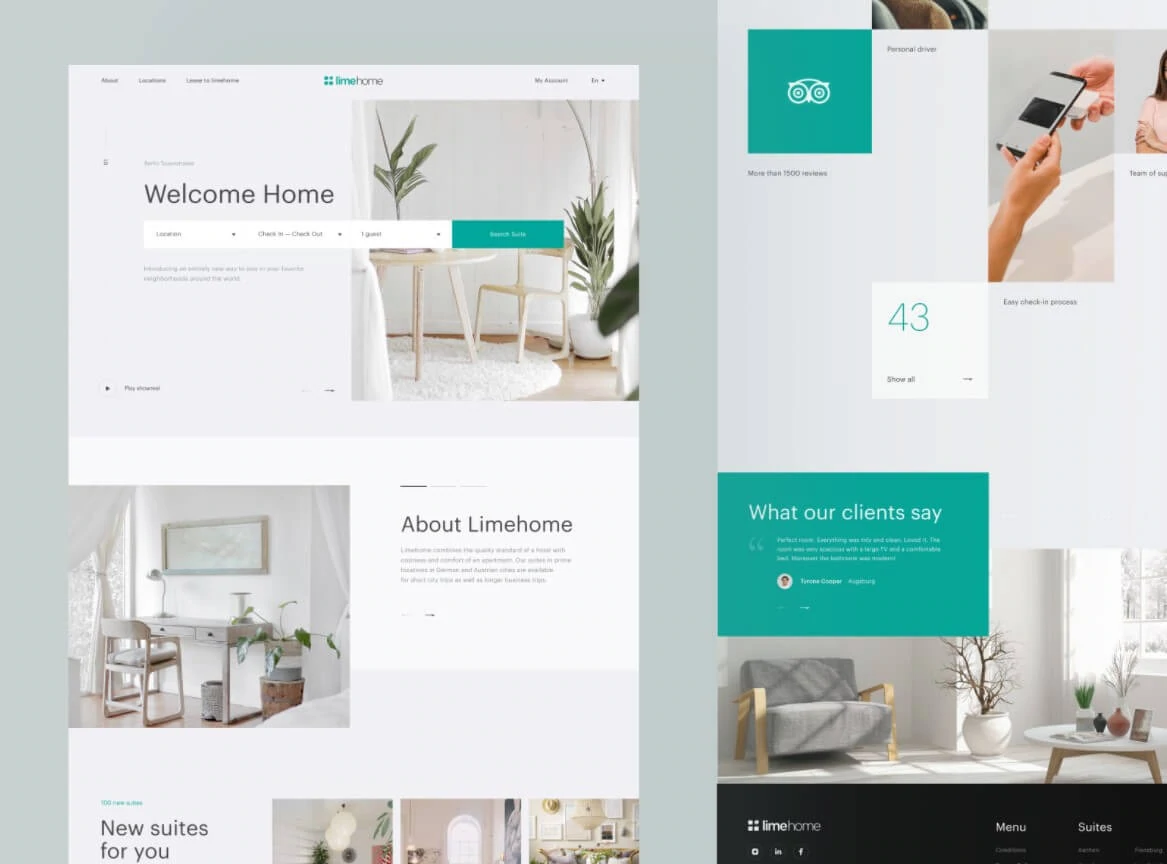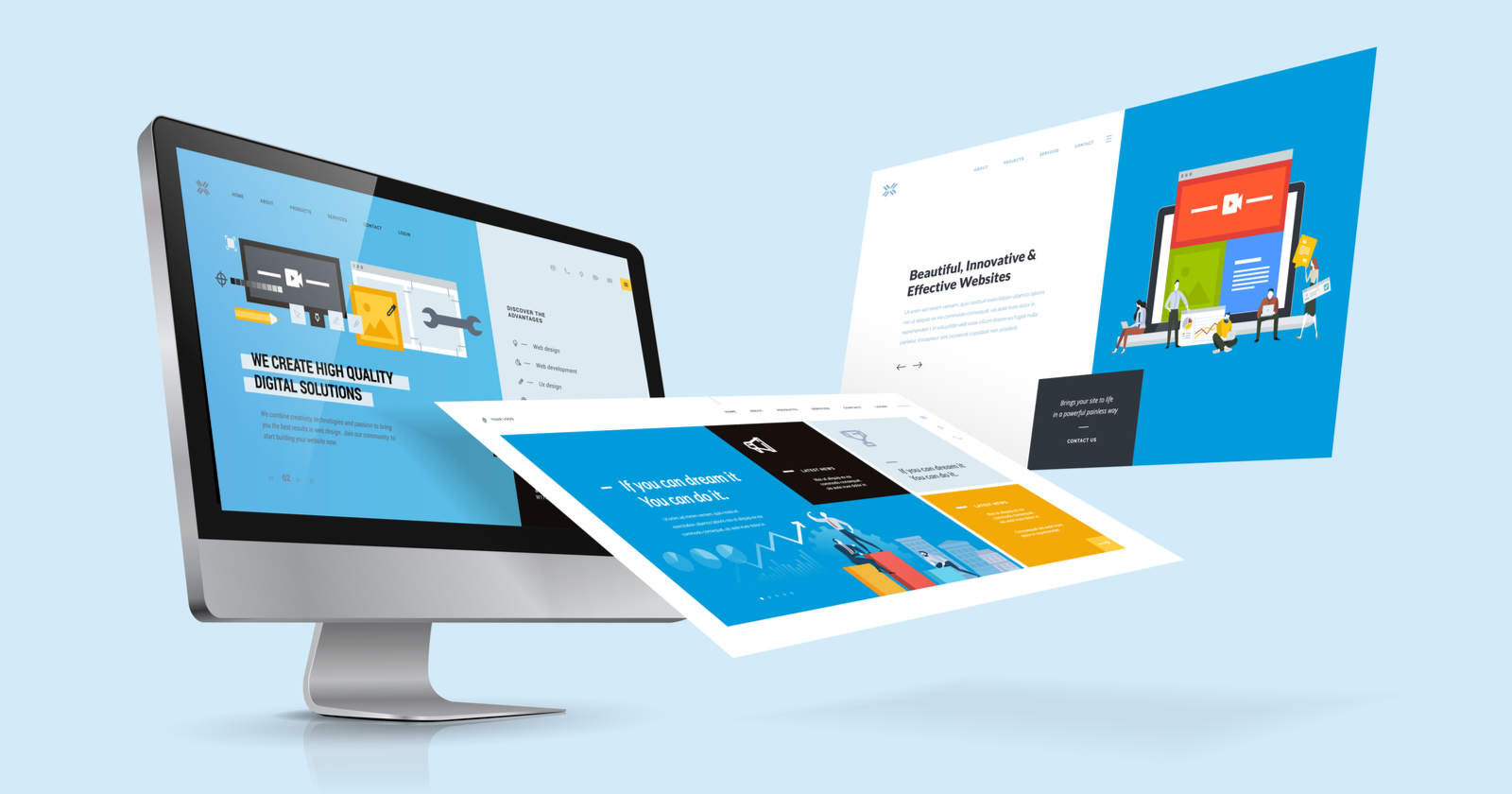Vital Concepts of Site Design: Developing User-Friendly Experiences
By focusing on customer demands and choices, developers can foster involvement and fulfillment, yet the ramifications of these concepts extend beyond plain functionality. Recognizing just how they intertwine can dramatically influence a site's total performance and success, prompting a better assessment of their private duties and collective influence on user experience.

Value of User-Centered Design
Focusing on user-centered design is crucial for developing efficient web sites that meet the needs of their target market. This method positions the individual at the forefront of the design process, making sure that the internet site not just functions well yet additionally resonates with customers on an individual degree. By recognizing the individuals' choices, habits, and goals, developers can craft experiences that promote interaction and contentment.

Additionally, embracing a user-centered layout philosophy can result in boosted accessibility and inclusivity, providing to a diverse target market. By thinking about numerous customer demographics, such as age, technical efficiency, and social histories, designers can develop web sites that are welcoming and useful for all.
Eventually, prioritizing user-centered style not only enhances individual experience yet can likewise drive key business results, such as boosted conversion rates and consumer loyalty. In today's competitive electronic landscape, understanding and focusing on user needs is an important success variable.
User-friendly Navigating Frameworks
Efficient website navigating is typically an important consider boosting individual experience. Instinctive navigating frameworks allow individuals to find information rapidly and efficiently, lowering irritation and raising interaction. An efficient navigating menu need to be simple, sensible, and consistent throughout all pages. This permits customers to expect where they can situate details content, thus advertising a smooth browsing experience.
To develop instinctive navigating, designers need to prioritize clearness. Labels should be acquainted and descriptive to individuals, avoiding lingo or unclear terms. A hierarchical framework, with key groups leading to subcategories, can even more assist users in recognizing the relationship in between different areas of the site.
Additionally, integrating visual cues such as breadcrumbs can direct individuals via their navigating path, permitting them to conveniently backtrack if needed. The inclusion of a search bar additionally improves navigability, providing customers route accessibility to material without needing to browse via multiple layers.
Responsive and Adaptive Formats
In today's electronic landscape, ensuring that web sites function perfectly throughout numerous gadgets is crucial for customer contentment - Website Design. Receptive and flexible layouts are 2 essential techniques that enable this performance, dealing with the diverse variety of display dimensions and resolutions that individuals may run into
Responsive designs use liquid grids and adaptable images, allowing the web site to automatically change its elements based upon the display measurements. This method offers a constant experience, where material reflows dynamically to fit the viewport, which is especially helpful for mobile customers. By making use of CSS media queries, developers can produce breakpoints that optimize the layout for various gadgets without the demand for different designs.
Flexible formats, on the various other hand, use predefined layouts for specific display sizes. When an individual accesses the website, the server discovers the tool and offers the ideal format, ensuring an optimized experience for varying resolutions. This can lead to faster loading times and boosted performance, as each format is customized to the tool's abilities.
Both flexible and receptive layouts are important for enhancing individual interaction and satisfaction, ultimately adding to the internet site's general effectiveness in fulfilling its goals.
Regular Visual Pecking Order
Establishing a consistent aesthetic hierarchy is pivotal for leading individuals with an internet site's web content. This principle makes sure that information exists in a manner that is both engaging and user-friendly, allowing users to conveniently understand the material and browse. A well-defined power Visit Your URL structure employs different design elements, such as dimension, color, spacing, and contrast, to develop a clear distinction between different kinds of material.

Moreover, regular application of these visual cues throughout the web site fosters knowledge and trust. Users can promptly discover to recognize patterns, making their interactions a lot more reliable. Inevitably, a strong visual Continue power structure not only enhances user experience however likewise enhances general site functionality, urging much deeper interaction and promoting the preferred activities on an internet site.
Availability for All Individuals
Availability for all customers is a fundamental facet of site design that guarantees every person, despite their abilities or handicaps, can involve with and take advantage of online web content. Designing with accessibility in mind entails applying methods that fit varied user requirements, such as those with visual, auditory, motor, or cognitive disabilities.
One vital standard is to abide by the Internet Content Ease Of Access Standards (WCAG), which give a structure for developing available electronic experiences. This includes making use of adequate color contrast, giving message choices for images, and making sure that navigating is keyboard-friendly. Additionally, employing responsive style strategies makes sure that internet sites function effectively throughout different devices and display dimensions, better improving ease of access.
One more essential variable is the usage More about the author of clear, succinct language that stays clear of lingo, making material comprehensible for all customers. Involving users with assistive technologies, such as display visitors, calls for careful interest to HTML semiotics and ARIA (Obtainable Rich Internet Applications) roles.
Ultimately, prioritizing availability not just satisfies lawful commitments however additionally expands the audience reach, promoting inclusivity and boosting user fulfillment. A dedication to ease of access reflects a commitment to producing equitable electronic settings for all customers.
Conclusion
In conclusion, the essential concepts of web site design-- user-centered design, instinctive navigating, receptive designs, regular aesthetic power structure, and ease of access-- jointly add to the production of easy to use experiences. Website Design. By focusing on individual demands and making sure that all people can effectively involve with the site, developers boost use and foster inclusivity. These concepts not only improve user fulfillment however also drive positive organization end results, eventually showing the important significance of thoughtful internet site layout in today's electronic landscape
These approaches give vital insights into customer expectations and pain points, enabling designers to customize the site's attributes and material as necessary.Reliable web site navigation is usually an important aspect in enhancing user experience.Developing a constant visual pecking order is critical for directing individuals via a website's material. Ultimately, a strong aesthetic power structure not just boosts customer experience yet also boosts general site usability, motivating much deeper engagement and facilitating the preferred activities on an internet site.
These concepts not only improve user fulfillment yet likewise drive positive service outcomes, ultimately showing the crucial value of thoughtful web site layout in today's electronic landscape.